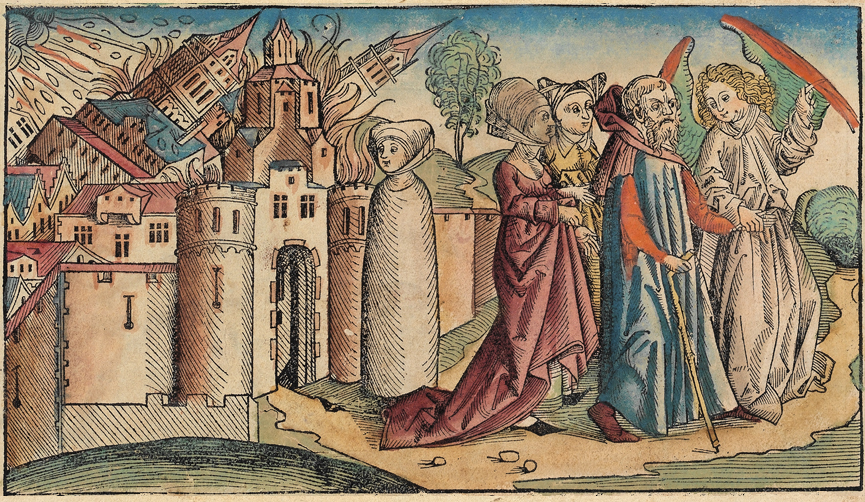
MS Or. 2251 at @theUL is yet another interesting copy of the Dalāʾil al-Ḫayrāt from the northern end of sub-saharan africa. It's fully vocalised, and as is typical of manuscripts from the region, it seems to have an actual recitation tradition associated.
cudl.lib.cam.ac.uk/view/MS-OR-022…
cudl.lib.cam.ac.uk/view/MS-OR-022…

First, it vocalises things in ways that we normally associate with copies of the Quran.
1. Yellow dots for hamzah (instead of hamzah sign)
2. Subtle use of doubled sign orientation to mark assimlation or non-assimilation of tanwīn.


1. Yellow dots for hamzah (instead of hamzah sign)
2. Subtle use of doubled sign orientation to mark assimlation or non-assimilation of tanwīn.



It also marks madd when across word boundaries. When a word ends in a long vowel, and the next starts with a hamzah, the vowel is made overlong. While the maddah sign is common in Classical Arabic mss, usually only word-internally.
ṣallā ḷḷāhu ʿalayhi wa-ʿalāā ʾālihī
ṣallā ḷḷāhu ʿalayhi wa-ʿalāā ʾālihī

The plural forms of nabiyy 'prophet', have a hamzah as the third root consonant. Interestingly the singular is always nabiyy without hamzah, except when quoting the Quran.
1. ḫātim al-ambiʾāāʾi
2. wa-n-nabīīʾīna
3. nabiyyun
4. Q33:56 ... ʿalā n-nabīīʾi ...



1. ḫātim al-ambiʾāāʾi
2. wa-n-nabīīʾīna
3. nabiyyun
4. Q33:56 ... ʿalā n-nabīīʾi ...




The use of hamzah in forms derived from this root is typical for the recitation of Nāfiʿ, the dominant recitation of the Quran among the Malikis.
The distinction between prose/Quranic quotation in the singular but not the plural is typical for Dalāʾil al-Ḫayrāt copies.
The distinction between prose/Quranic quotation in the singular but not the plural is typical for Dalāʾil al-Ḫayrāt copies.
That is not the only thing similar to Nāfiʿ's recitation. Another typical feature of this manuscript is that plural pronouns have long allomorphs before hamzah, same as the Warš transmission of Nāfiʿ.
1. maʿahumūū ʾaǧmaʿīna
But: 2. ʿalayhim ʿadada

1. maʿahumūū ʾaǧmaʿīna
But: 2. ʿalayhim ʿadada


All these things are things I've noticed before in other African copies of Dalāʾil al-Ḫayrāt. But this one has more things. It frequently marks ʾimālah (or perhaps taqlīl?) on: ʾalif maqṣūrah:
1. wa-mūsē wa-ʿīsē
2. al-ʾaʿlē
3. ad-dunyē
4. ʾiḏā yaġšē



1. wa-mūsē wa-ʿīsē
2. al-ʾaʿlē
3. ad-dunyē
4. ʾiḏā yaġšē




But also on al-Kēfirīna and on nouns whose stem ends in -ār followed by the genitive, and in the name of the prophet, ṭāhē.
1. al-qahhēri
2. an-nahēri
3. al-Kēfirīna
4. ṭā-hē
All words where Warš in his Quranic recitation would have taqlīl.



1. al-qahhēri
2. an-nahēri
3. al-Kēfirīna
4. ṭā-hē
All words where Warš in his Quranic recitation would have taqlīl.




There are plenty of other small details, almost without exception agreeing with the recitation of Warš. That I'll leave the reader to find.
But all of this shows that clearly the vocaliser of this manuscript recited Dalāʾil al-Ḫayrāt in a mode very similar to Quranic recitation.
But all of this shows that clearly the vocaliser of this manuscript recited Dalāʾil al-Ḫayrāt in a mode very similar to Quranic recitation.
Even taking up highly idiosyncratic details of the typical Warš recitation of the region.
Modern print editions of the Dalāʾil al-Ḫayrāt are classicized to standard Arabic, which utterly obliterates this aspect of the performance of the text. Looking at manuscripts uncovers it.
Modern print editions of the Dalāʾil al-Ḫayrāt are classicized to standard Arabic, which utterly obliterates this aspect of the performance of the text. Looking at manuscripts uncovers it.
The Cambridge University Library details are not particularly informative about this ms's provenance: "Africa".
My sense is this style of Arabic writing is slightly more typical for the east (Chad/Sudan) than Mali
.
What do you think @dimabondarevs?
My sense is this style of Arabic writing is slightly more typical for the east (Chad/Sudan) than Mali
.
What do you think @dimabondarevs?
I have an article coming out soon on the topic of reconstructing the regional recitation styles of the Dalāʾil al-Ḫayrāt. I don't discuss this manuscript, because I wasn't aware of it, but it would have been a nice addition. But it really shows how much there's still to uncover.
If you enjoyed this thread and want me to do more of it, please consider buying me a coffee.
ko-fi.com/phdnix.
If you want to support me in a more integral way, you can become a patron on Patreon!
patreon.com/PhDniX
ko-fi.com/phdnix.
If you want to support me in a more integral way, you can become a patron on Patreon!
patreon.com/PhDniX
@threadreaderapp unroll
• • •
Missing some Tweet in this thread? You can try to
force a refresh



















